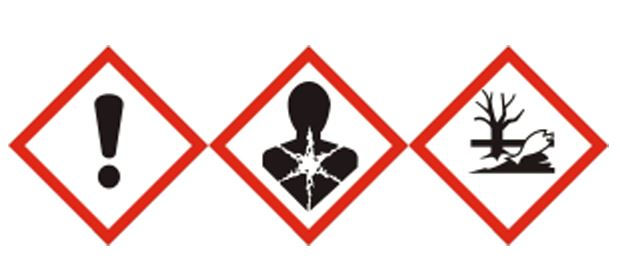How Will New Federal Regulations for PFAS in Drinking Water Impact the Ink & Coatings Industry?
- Terry Clayton

- Apr 10, 2024
- 2 min read
New Federal Regulations for PFAS in Drinking Water: The Role of Ink & Coatings Industry
Date: April 10, 2024
Today, the United States Environmental Protection Agency (USEPA) has taken a significant step forward in safeguarding public health by establishing federal drinking water regulations for six poly- and perfluoroalkyl substances (PFAS). The regulations mark a pivotal moment in the fight against PFAS contamination, setting standards that surpass those previously adopted by my state (New Hampshire).

But what exactly are PFAS, and why are they a cause for concern? Per- and polyfluoroalkyl substances (PFAS) constitute a group of synthetic chemicals that have been extensively utilized in inks and coatings, as well as various industrial and consumer products owing to their water- and grease-resistant properties, surface tension reduction, and slip. However, their persistence in the environment and potential adverse health effects have raised concern among environmental regulators and public health experts alike. Addressing PFAS contamination in drinking water necessitates a multi-faceted approach. Key strategies for reducing PFAS in drinking water sources will require contributions from public water systems as well as industry.
Water Treatment Technologies
Investing in advanced water treatment technologies is paramount. Methods such as activated carbon filtration, ion exchange, reverse osmosis, and advanced oxidation processes show promise in effectively removing PFAS from contaminated water sources.
Control at the Source
Prevention is often the best cure. By controlling the use and release of PFAS-containing products and manufacturing processes, industries can significantly reduce the influx of these substances into the environment. However, this places additional pressure on industries to transition away from PFAS usage and seek alternative chemistry solutions.
Alternative Chemicals and Products
The development and adoption of alternative chemicals and products that are not persistent, bioaccumulative, or toxic are crucial steps in mitigating PFAS pollution. Encouraging industries to embrace safer alternatives is imperative for long-term environmental sustainability.
Collaboration and Research
Addressing the complex challenges posed by PFAS contamination requires collaboration among governments, industries, researchers, and community stakeholders. By pooling resources and expertise, innovative solutions can be developed, and informed decision-making can be facilitated through ongoing research efforts.
As we move forward, it's essential to recognize that addressing PFAS pollution is an ongoing endeavor that demands sustained efforts at multiple levels. While the establishment of federal drinking water regulations for PFAS is undoubtedly a significant milestone, it is just one step in a broader journey toward ensuring clean and safe drinking water for all.
The ink and coatings industry plays a critical role in this collective effort. By embracing sustainable practices, investing in research and development, and fostering collaboration both within the industry and with external stakeholders, ink and coatings manufacturers can contribute to the reduction of PFAS contamination and the protection of public health and the environment. Together, lets commit to the ongoing pursuit of innovative solutions and the advancement of responsible environmental stewardship, ensuring a healthy future for generations to come.







Comments